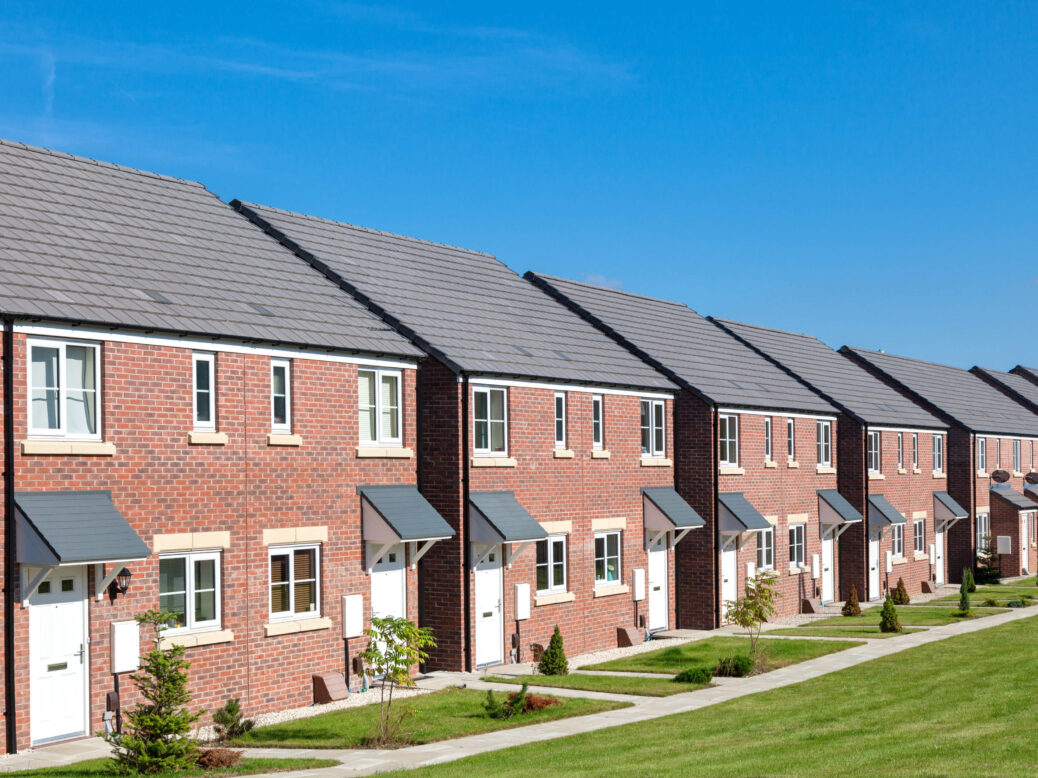
London is growing as fast as in any period since the 1800s. Over 10m more people will live in London by 2030; the equivalent of adding a town the size of Bath every year. It’s putting pressure on our infrastructure and quality of life.
Compounding the issue, only 30,000 homes are being delivered a year as more people become priced out.
The capital’s response, more homes for a wider range of people, will only be successful with bold public sector leadership led by vision and an honest depiction of the trade-offs. Our civic leaders should be judged not just on the number of homes built, but also on the quality of those neighbourhoods.
The embryonic Build to Rent (BtR) sector has enormous potential to bring more affordable homes, within large integrated communities supported by better amenities, for a broad range of Londoners. It can also bring homes to the market more quickly than traditional “housing for sale” schemes.
There is substantial private capital looking to invest in the UK: £30bn in the next five years according to the BPF. In tandem, London’s government has the powers needed to attract that capital to fund many new rental homes.
To be really effective we need robust place-making leadership in three areas.
Firstly, we need a clear and deliverable London-wide policy to give impetus to the sector. Investors and developers often don’t know where they stand in London, which constrains investment.
We welcome the Mayor’s work to explain BtR policy, including recognition in his draft London Plan that the economics of BtR is different to housing for sale. It boldly argues discounted market rental homes should be viewed as affordable housing.
Secondly, we need to improve the quality of the debate. BtR development won’t be able to deliver the same percentage of affordable or social rented homes as housing for sale. It is not a silver bullet for the housing crisis.
The Mayor already recognises this difference but I would question if the public, our residents of the future, understand this. The descent of the housing debate into a stand-off between developers and communities threatens to stall the delivery of more homes, aggravating today’s issues.
So thirdly, we need a new public narrative on what is affordable housing. At the moment, we’ve got a planning system that fails too many on low and middle incomes. Too often the traditional sales model has created polarised outcomes where homes are only available to the few who can afford them, or to those allocated social rented accommodation. BtR can meet the needs of those on low and middle incomes with market and discounted market rental homes accessible to many more than homes for sale.
Nevertheless, BtR developments will, in all likelihood, not be a significant source of social rented housing so we need a broader conversation about the definition and accessibility of affordable housing.
Success on all these counts is predicated on bold public sector leadership. The Mayor and civic leaders should engage Londoners and local authorities in the full set of choices available.
The opportunity, and the cost, is too great to ignore. The BtR sector can only help alleviate the issues if it is underpinned by bold, public sector, place-making leadership that comes with a compelling vision and enables an honest discussion of the difficult decisions that have to be made.
Craig McWilliam is chief executive of Grosvenor Britain & Ireland.



